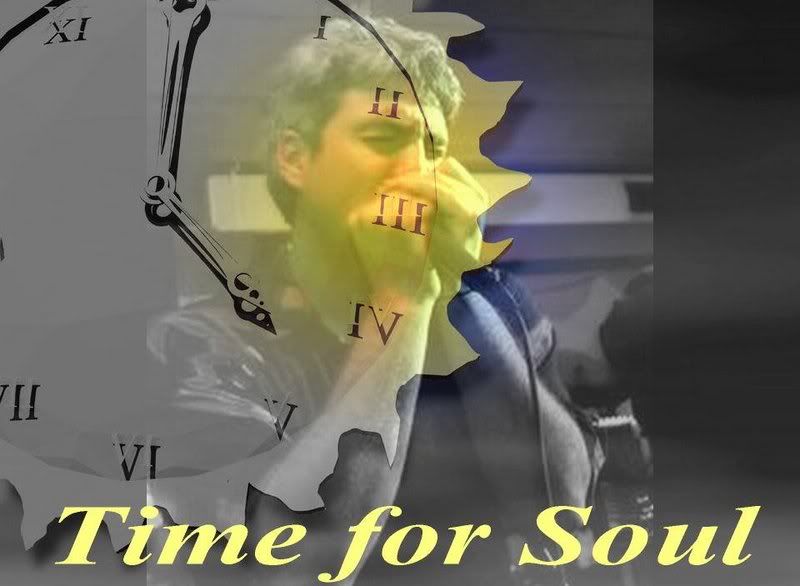Space shuttle crew begins trip home
After a very successful mission at the space station and even a 4th space walk SPACE SHUTTLE has undocked from the space station and is headed home. GOD SPEED YOU GUYS. More pics below of all of the things they were doing up there. SPACE SHUTTLE DISCOVERY IS DUE TO TOUCH DOWN AT FLORIDA'S KENNEDY SPACE CENTER WEATHER PERMITTING. They will be home just in time to spend Christmas with their famalies.
BELOW IS THE GROUP OF THEM ALL TOGETHER UP THERE BEFORE THE SPACE SHUTTLE CREW SAID GOOD BYE AND BOARDED THE SHUTTLE FOR HOME. THEY WERE DOING A NEWS CONFERENCE..


 GO TO THE LINK BELOW ON TOUCH DOWN DAY THIS FRIDAY AND FOLLOW THE BLOG.
GO TO THE LINK BELOW ON TOUCH DOWN DAY THIS FRIDAY AND FOLLOW THE BLOG.http://www.nasa.gov/mission_pages/shuttle/shuttlemissions/
sts116/launch/landing-vlcc.html
NASA's Landing Blog - Mission STS-116
NASA's landing blog will begin live coverage at 2 p.m. EST on Dec. 22, 2006.
Did you know?
Unlike space shuttle launches for which a "go" for liftoff can be given within minutes of changing weather conditions during the launch window, the landing site must be chosen more than an hour before touchdown, when the deorbit burn takes place. A switch in sites usually can be made up to 90 minutes prior to landing.
The orbiter touches down on the surface of the Shuttle Landing Facility at a speed of 213 to 226 mph.
Its initial landing approach is a glide slope of 20 degrees, more than six times steeper than the 3-degree slope of a typical commercial jet airliner as it approaches landing.
The Shuttle Landing Facility
At 15,000 feet long and 300 feet wide, the Shuttle Landing Facility at Kennedy Space Center is larger than most commercial runways. For comparison, consider this: the longest runway at Los Angeles International Airport is 12,091 feet long and 150 feet wide -- 2,909 feet shorter and 150 feet narrower than the Shuttle Landing Facility. Although it is used by military and civilian cargo carriers, astronaut T-38 trainers, shuttle training aircraft and helicopters, the facility was specifically designed for end-of-mission shuttle orbiter landings.
The Shuttle Landing Facility consists of a single landing strip that is considered two runways, depending on approach. If approaching from the northwest, landing will be on Runway 15; from the southeast, landing will be on Runway 33.
With more than 330 native and migratory bird species at Kennedy, birds present a special hazard to landing orbiters. Selective grass-cutting, pyrotechnic and noise-making devices may be used to discourage birds around the facility.
When the space shuttle clears the launch tower moments after liftoff, control is officially handed from Kennedy to Johnson Space Center in Houston, which maintains control of on-orbit activities and landing operations. Orbiter responsibility is handed from Johnson back to Kennedy after vehicle cool-down and crew departure, typically about an hour after touchdown.
Immediately following landing, 20 to 30 specially-designed Kennedy vehicles and units report to the runway. Their activities include safing the orbiter, assisting in crew departure and towing the vehicle to processing facilities.
 CREW ON BOARD SPACE STATION WATCH OUT THE WINDOW DURING A SPACE WALK OF DISCOVERY'S CREW.
CREW ON BOARD SPACE STATION WATCH OUT THE WINDOW DURING A SPACE WALK OF DISCOVERY'S CREW.










































0 Comments:
Post a Comment
<< Home